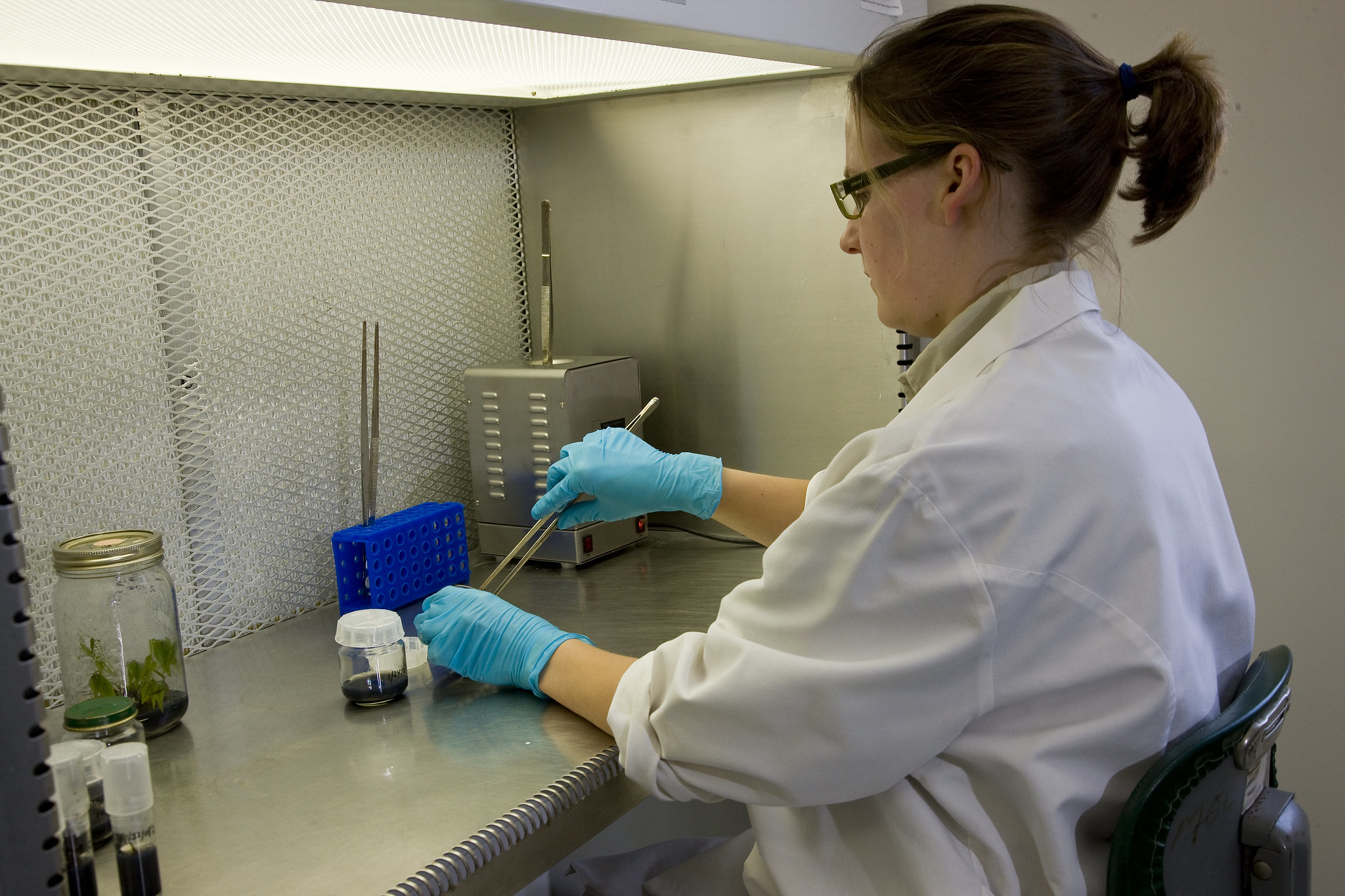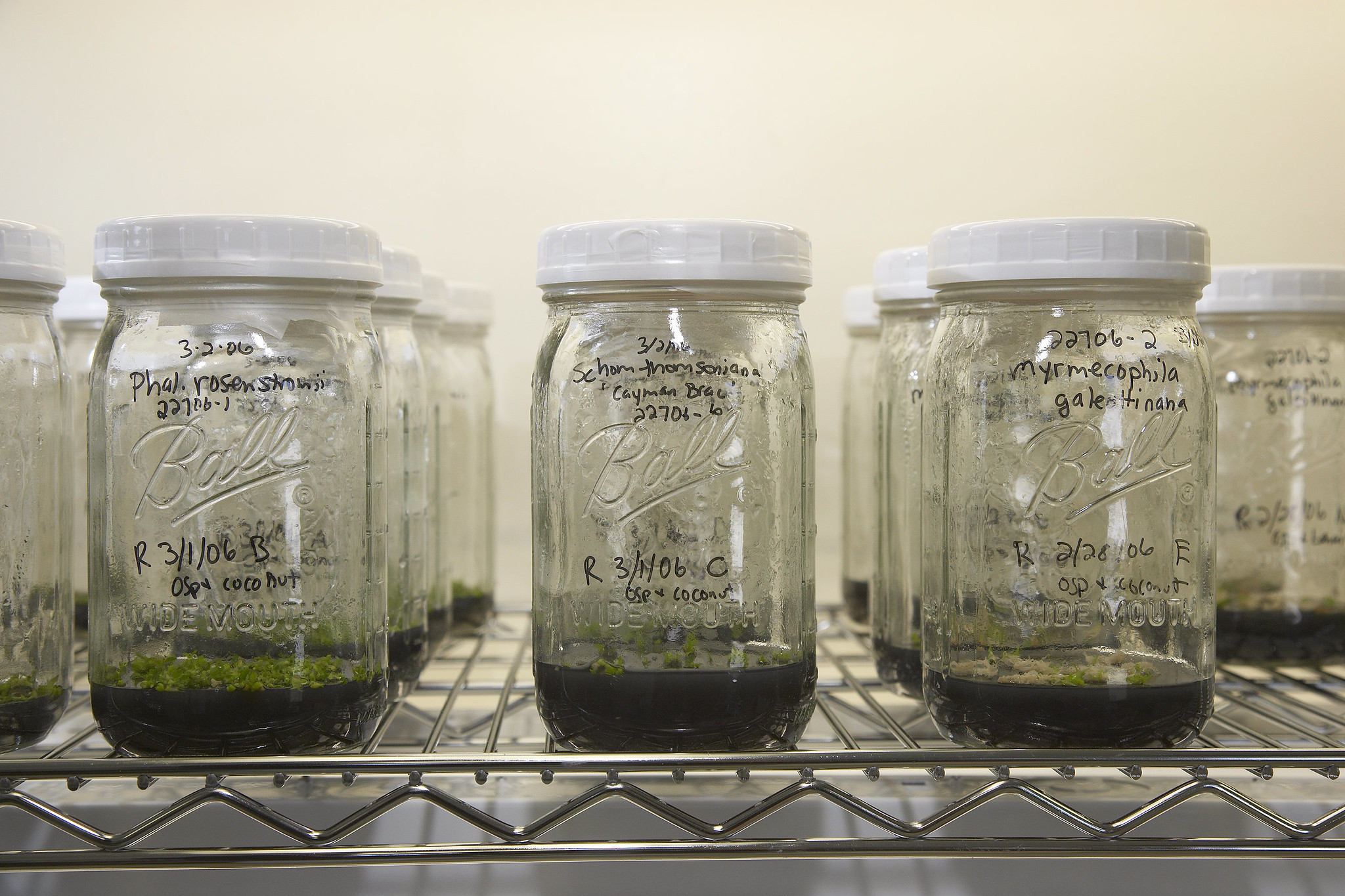Christy Powell
Christy Powell, our January Conservation Champion, is a conservation horticulturist extraordinaire! She not only takes good care of plants and people, but also thirsts for answers to unknown questions, seeks collaborations to address those questions, and juggles a very big plate all the while. We are fortunate to have Christy promoting and supporting big interdisciplinary conservation horticulture projects here in the U.S. and around the world.
When did you first fall in love with plants?
I grew up in the Indiana countryside, and plants were a big part of my life. I picked apples from our orchard and raspberries on my grandparents’ property, surrounded by fields of corn, soybeans and wheat. My grandmother, who loved to garden, volunteered with a group called the Settlers to maintain herb gardens around Swinney Homestead, a historic building and museum in Ft. Wayne. She took me to see the gardens and learn about the history of the settlers in that region. My parents also encouraged learning about and respecting nature. On camping trips, my mother would quiz us on trees along the trails. I remember her holding up three leaves of varying shapes and asking what they were. “Sassafras!” my brother and I would yell.
What was your path to becoming a horticultural manager?
My favorite subject was science. In high school I realized I could combine my love for plants with science for a career. I joined FFA Agricultural Education and the Horticulture Judging Team. The competitions through the National Junior Horticulture Association opened up opportunities, and I was awarded horticulture scholarships from Purdue University. During college, I interned at Chicago Botanic Garden, where I fell in love with education and public gardens. I decided to further my education with a Master in Agricultural Extension and Education. When I moved to San Diego for my husband’s job, I was pointed toward the World Famous San Diego Zoo and their amazing botanical collections. A opening came up for a Plant Propagator and I jumped at it, serving 13 years in that position. I loved working with the baby plants at the Zoo, and I loved the wonder and challenge of propagating threatened plants and browse plants. In 2015, an opportunity arose to move into management and that is where I am today.
Please share a horticulture success story in which you take great pride.
In 2004, I was encouraged by the Director of Horticulture, Michael Bostwick, to write a grant to the Association of Zoological Horticulture (AZH) to fund a micropropagation lab where we could sow hand-pollinated seeds from our orchid collection. The small ($5,000) grant helped procure key supplies, such as a laminar flow hood and glassware. We were able to secure space in a former lab and utilize an existing autoclave for the micropropagation lab. On an internal Zoo newsletter, I solicited donations of baby food jars that could be used as culture vessels—and we received hundreds! With the remaining funds, I traveled to Arizona for hands-on training from Aaron Hicks at the Orchid Seedbank Project.
Over the last 15 years, the micropropagation lab has expanded to propagate more than 40 species of orchids, along with several species of aloes, bamboo, coral trees, palms, and now a native oak species. The endangered oak, Quercus dumosa, is in the care of a Post-Doctoral Associate who is developing tissue culture protocols and eventually cryopreservation techniques.
We have also been able to share this knowledge with others, through hosting interns and assisting in setting up labs. Most notably, an intern from Palau learned micropropagation skills from us one summer. In 2019, supported by San Diego Zoo Global funds, they used this training to develop a micropropagation lab in Palau.
Our experience shows that a conservation project doesn’t have to start large and require extensive funding. Look at what this tiny seed has grown into!
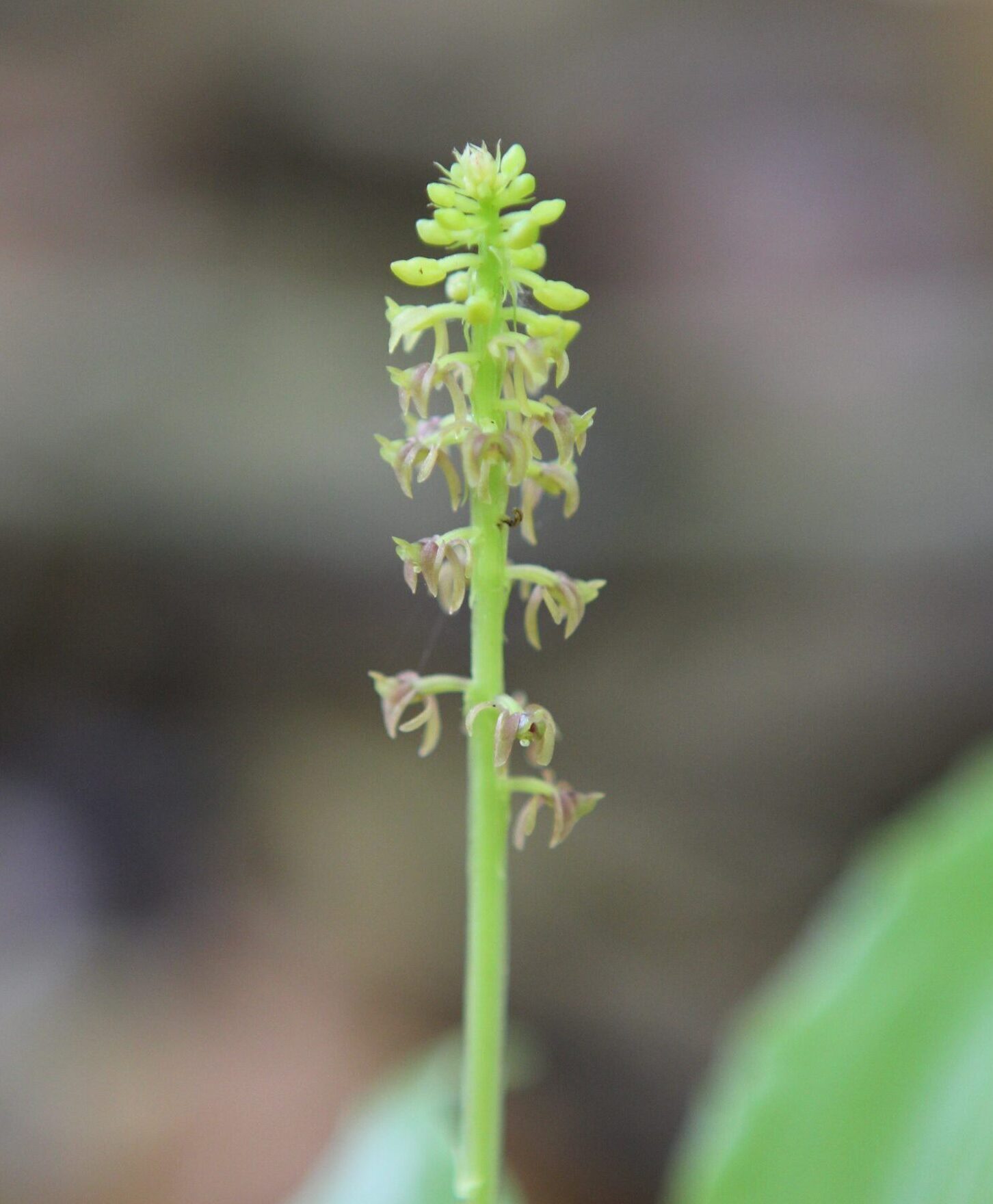
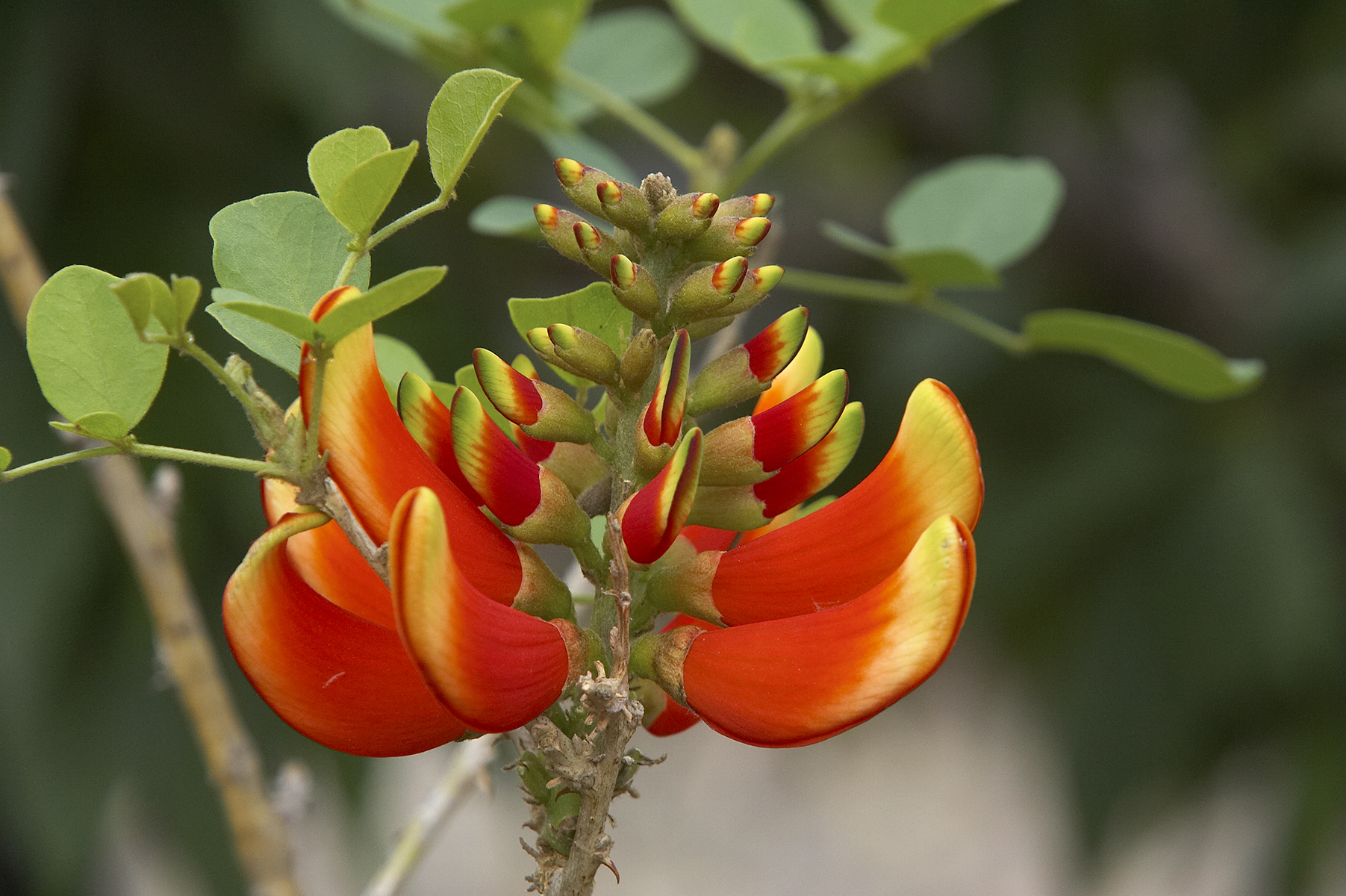
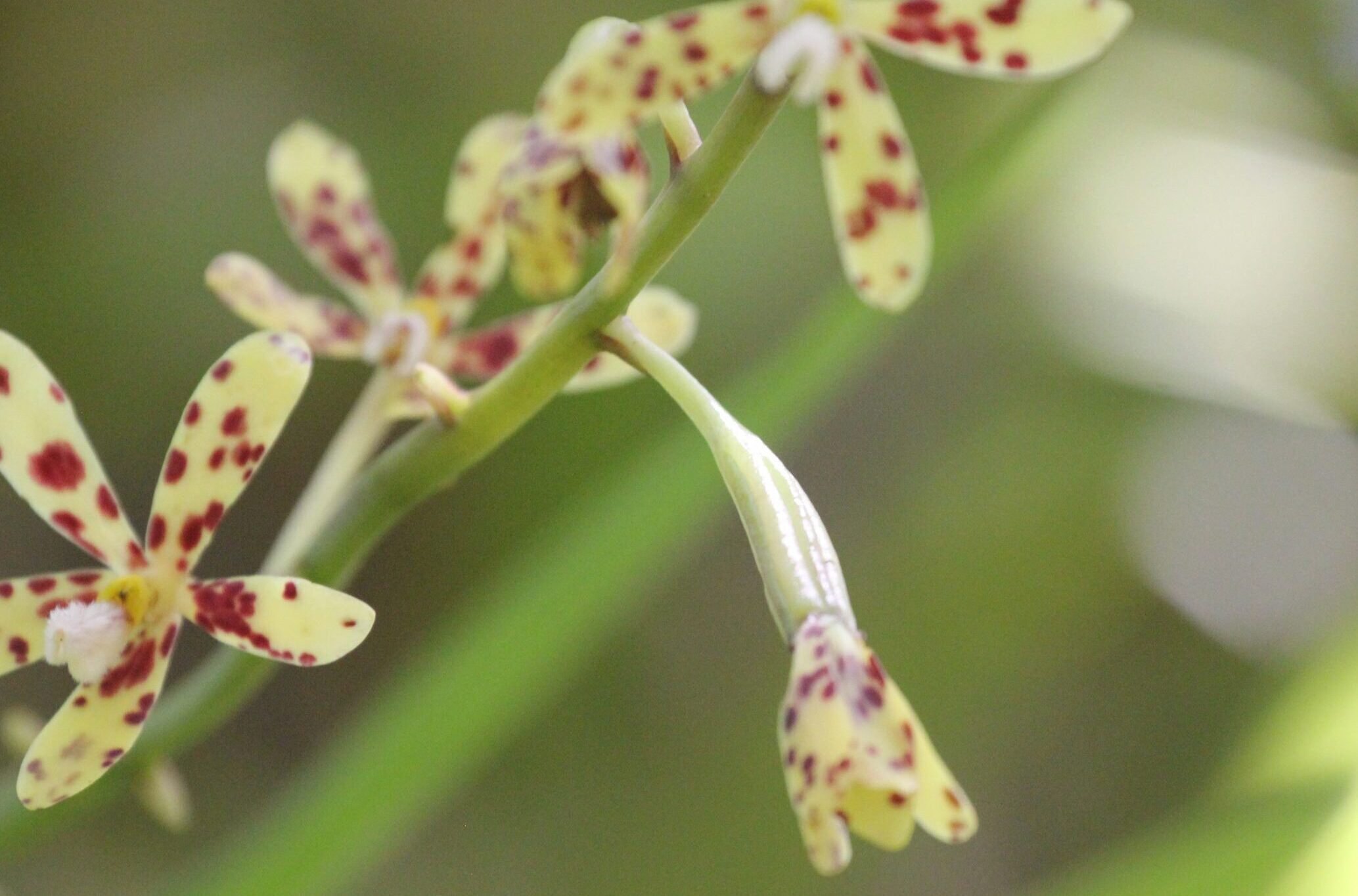
What are the greatest challenges you face in conservation propagation or horticulture?
One of the greatest challenges is the lack of information on the propagation of threatened species. CPC and individual institutions have developed wonderful resources to bridge those gaps, but there is still much work to do! As a plant propagator, I looked up information about the nature of seeds, cuttings, and procedures in related or similar species. I tried those methods and others that had worked in the past, keeping detailed records on what worked and what didn’t. I also talked through methods and procedures with other propagators. I found great resources through American Public Gardens Association, excellent propagators at the International Plant Propagators’ Society, and knowledgeable plant conservationists at the Center for Plant Conservation—yet there is so much information still to learn. We all need to continue to work together to save plant species.
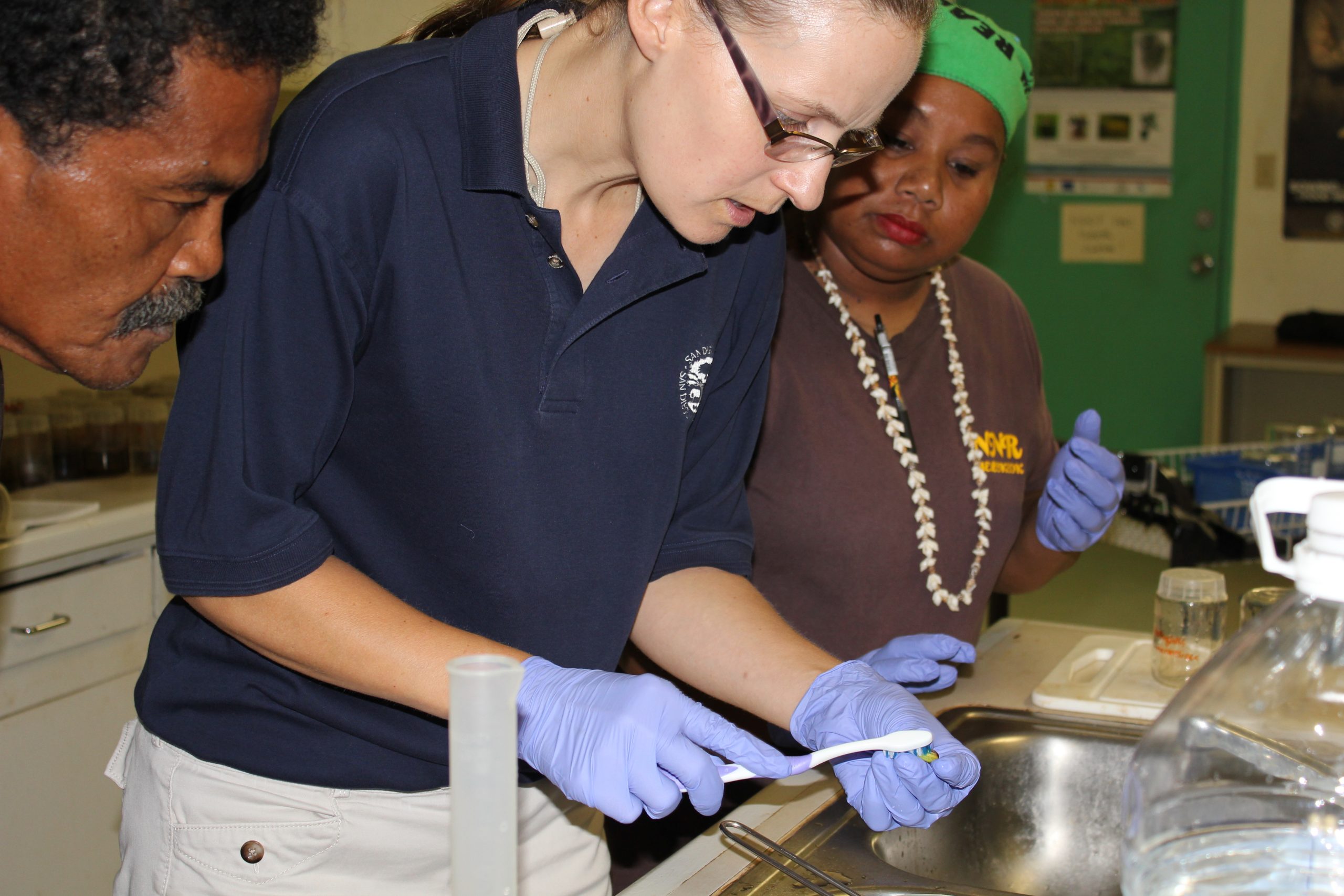

What excites you about the role of horticulture in conservation?
There is so much work to do in saving plant species worldwide. We can all make a difference by working together. Horticulturists are instrumental in unlocking the mysteries of seed development, seed germination, rooting cuttings, and induction of species into micropropagation. We have the expertise to discover, observe, research, protect, and care for these species. Identifying successful techniques is both a science and an art. Beyond successful germination or rooting of cuttings, we need to make sure these young plants can transition to a container or the ground and grow to maturity, starting the life cycle over again.
